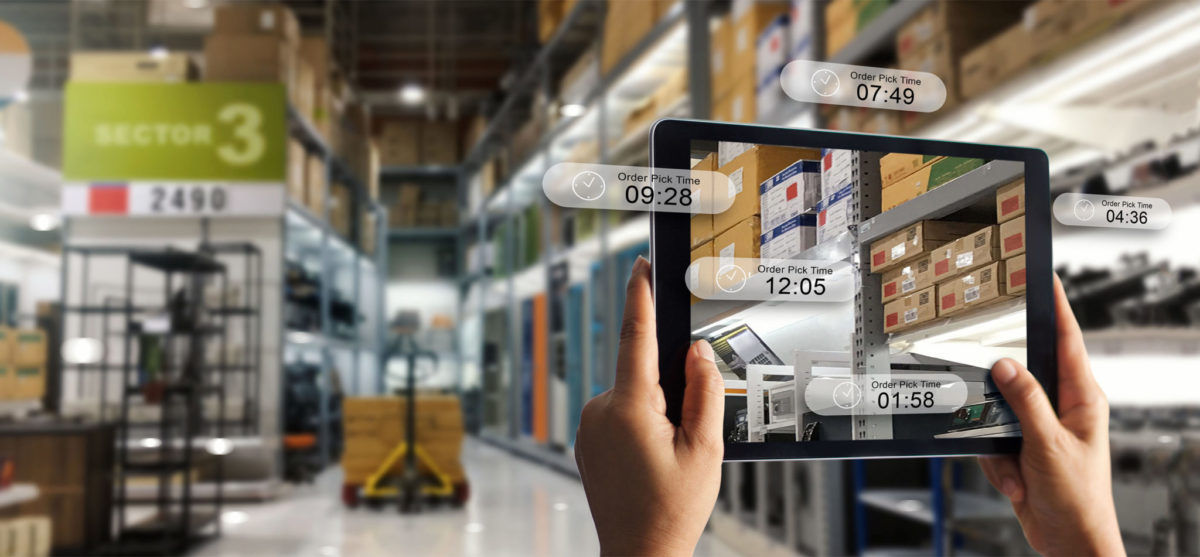Today’s consumers need immediate and easy access to information. For their part, brands need to relate to their customers in a concrete, fast and efficient way.
The information that the new generations consume is different. Today, the media are generators of extensive and baseless content, which is why the challenge proposes total innovation and calls on brands to be more creative and concrete when it comes to communicating.
Companies that are technologically transformed
Understanding what customers have at home and understanding that they are changing are very important aspects for companies that have entered the path of technological evolution. The conjunction of these two aspects allows us to make a plan that can be adapted and show them the possibilities they have, since the vast majority do not know what they have inside the house.
According to Bruno Neves, a company that wants to innovate must understand the young people who are entering the market and the new professionals who, without a doubt, come with a 100% digital chip. To achieve this, companies must adapt to the mentality of these new generations of millennials and centennials, through an internal innovation culture plan.
The approach to this challenge in organizations is basically what is called digital transformation. Regardless of the business or work, all brands must assume it, improving their information systems and delivering services with the mobility and security characteristics that this challenge brings with it in terms of organizational architecture, processes and training for employees.
Technology and marketing: a great mix in business today
Marketing communicates and has very relevant data about customers. However, by itself it would be useless: it needs technology. This mix generates benefits such as better customer perception and the ability to evolve and grow that it demonstrates.
Marketing companies have invaluable wealth: the data they collect from customers. If used appropriately, this data can be used to segment and create messages with special characteristics for different interest groups.
Content quality and speed: Priority for today’s consumers
What today’s customers value most is the reliability of the information and that it is truly useful and easily accessible.
To learn more about the practices that have managed to position themselves strongly in the market, innovating through educational content, read this article about Inbound marketing , the trend that has become a fundamental key to digital transformation.











